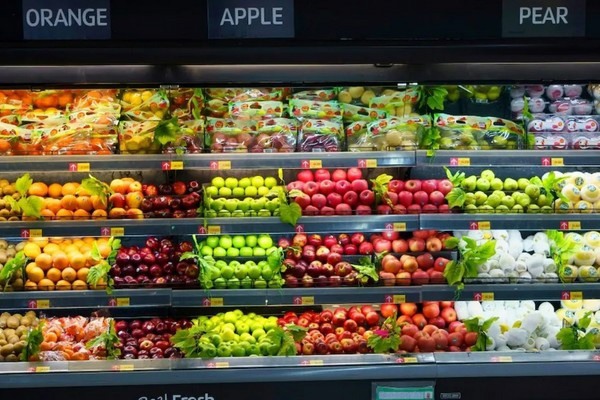Rabobank has produced two new research reports amidst this week's tariff news. Authored by David Magaña, senior food & agribusiness analyst, US vegetable trade amid tariff and trade tensions reviews the trends in U.S. vegetable trade and assesses some of the potential impacts of U.S. tariffs on the fresh vegetable market. Although these tariffs are anticipated to increase prices in the U.S. and decrease trade, factors such as a stronger U.S. dollar, taxable value share, import dependence, seasonality, and substitutability may help mitigate these effects.
As the U.S. market consumes large quantities of fresh vegetables and increasingly relies on imports, the potential impact of tariffs on retail prices would vary significantly across different vegetable categories and is based on domestic seasonal availability. Vine vegetables could see annual retail price increases of 5 percent to 19 percent. For fresh vegetables like leafy greens, which have stronger domestic production and lower trade dependence, price hikes would range from 0 percent to 7 percent throughout the year. Exporters to the U.S. would likely receive lower prices if tariffs were imposed.
 © RabobankPhoto: Rabo AgriFinance
© RabobankPhoto: Rabo AgriFinance
U.S. fresh potato exports have diversified over the past decade, with Mexico becoming the primary destination in 2024 after lifting sanitary restrictions in 2022. This led to a significant increase in exports. However, a trade war – with potential retaliatory tariffs – could disrupt this trend. The export share of US potato production grew from 4 percent in 2004 to 13 percent in 2023.
Fruits and Tree Nuts face stormy trade amid U.S. tariff threats estimates the potential effects that the imposition of U.S. import tariffs would have on fruit and tree nut trade. As the U.S. market absorbs high volumes of fresh fruits and relies increasingly on imports, retail price impacts from tariffs would vary significantly across fruit categories and depend on domestic seasonal availability. Tropical fruits could see year-on-year retail price hikes of 9 percent to 18 percent. For fresh fruits with U.S. domestic seasonal production and significant off-season trade, price increases would range from 0 percent to 18 percent throughout the year. Exporters to the U.S. would receive lower prices if tariffs were imposed.
The U.S. tree nut industry, which relies heavily on international markets, has been a target of retaliatory tariffs before. U.S. almond exports to China already face higher tariffs in 2025. Potentially higher retaliatory tariffs and a likely stronger U.S. dollar would impact the competitiveness of U.S. tree nuts, but there could be some mitigating factors.
Click here for more information on the research reports.
 For more information:
For more information:
Melanie Bernds
Rabo AgriFinance
Melanie.Bernds.Smith@RaboAg.com
https://research.rabobank.com/
